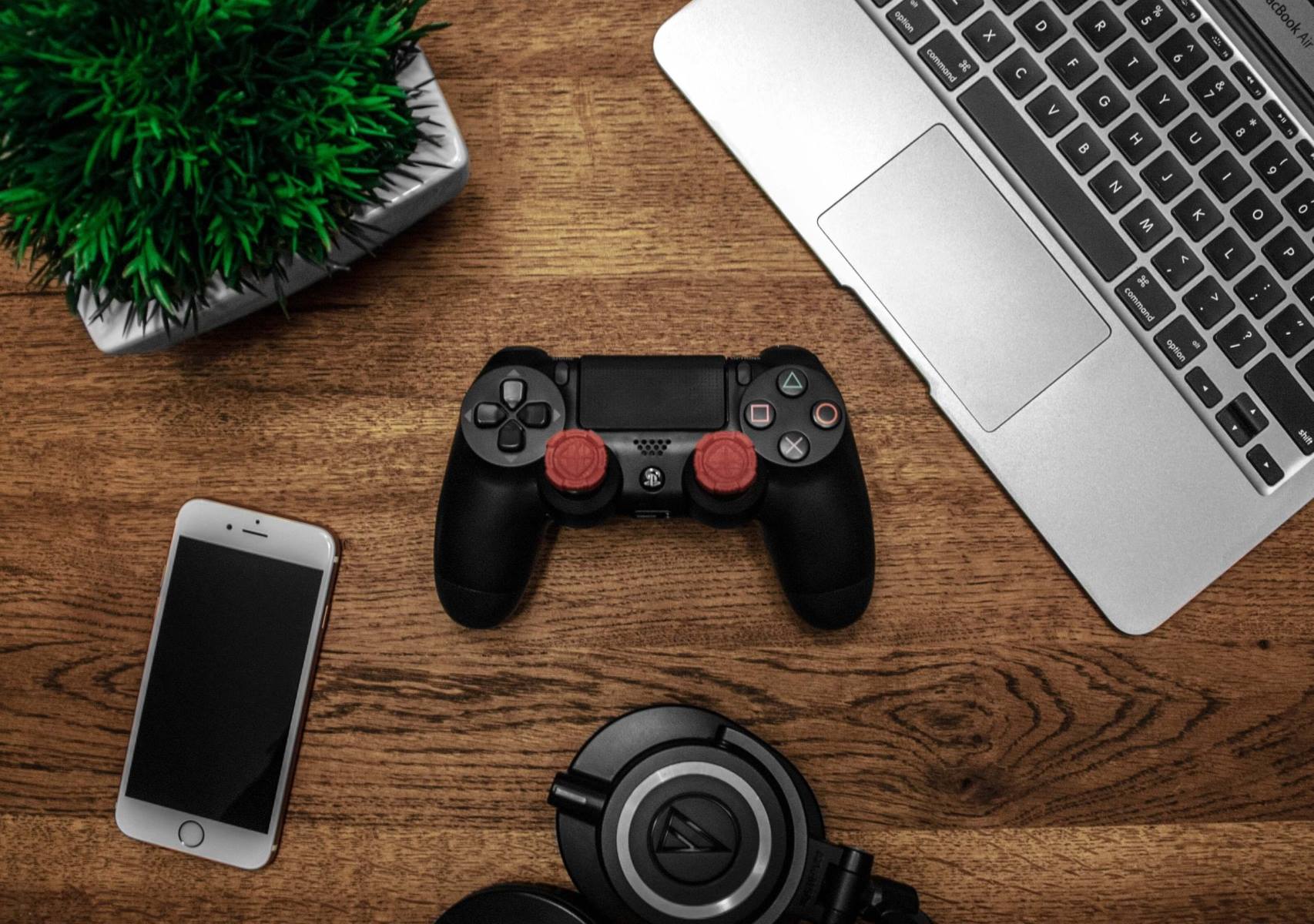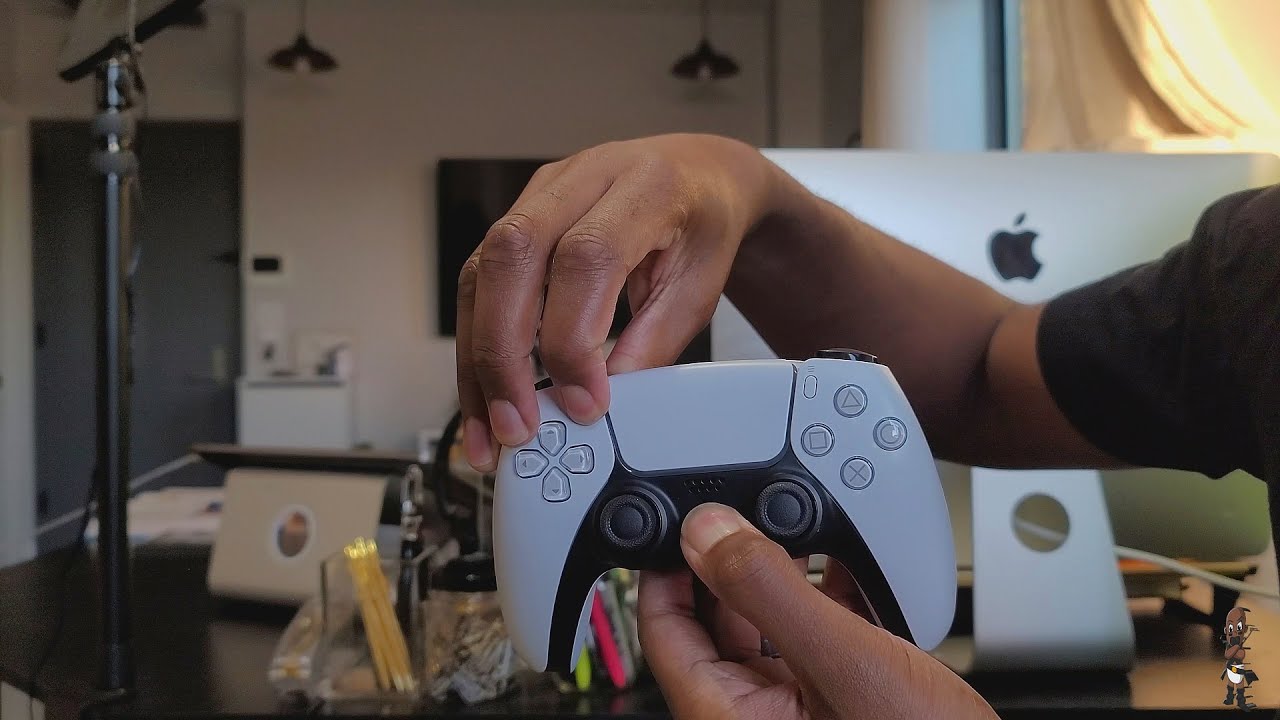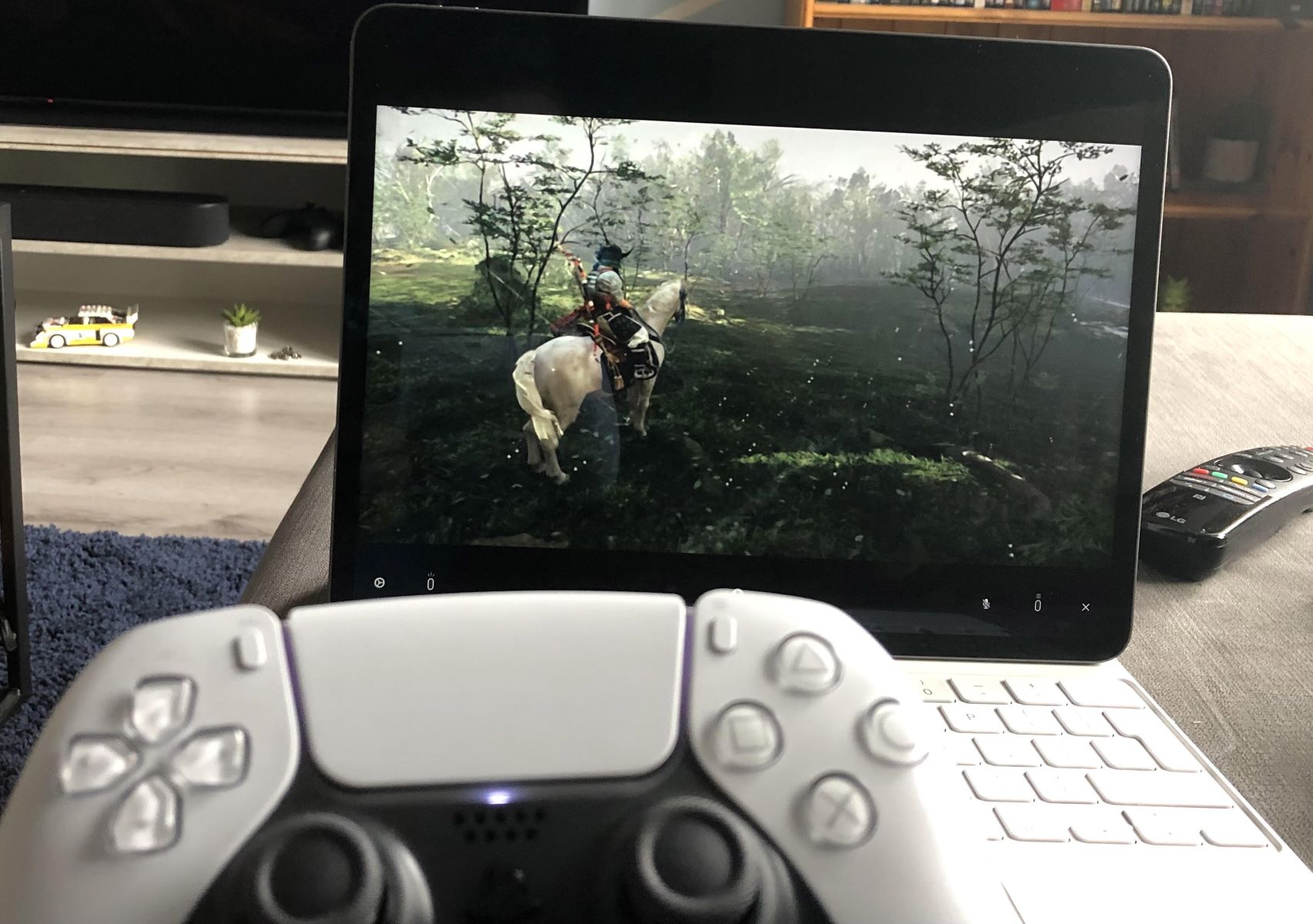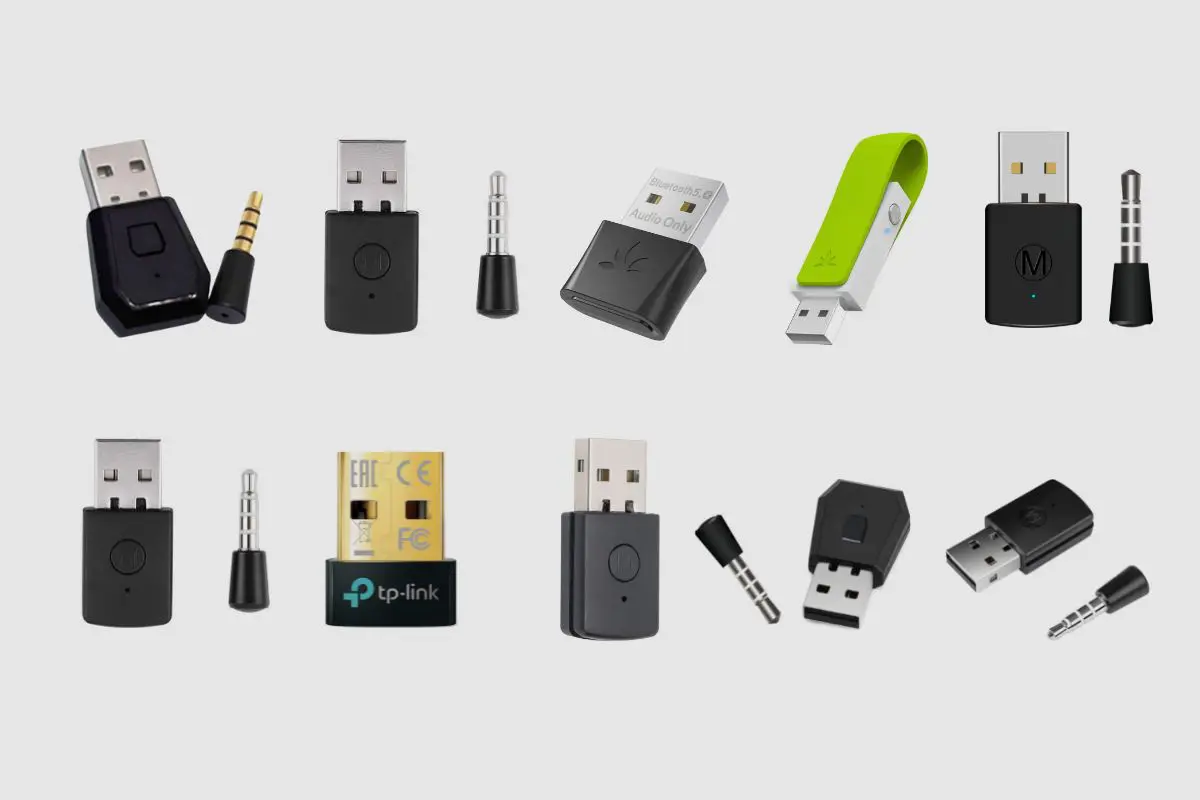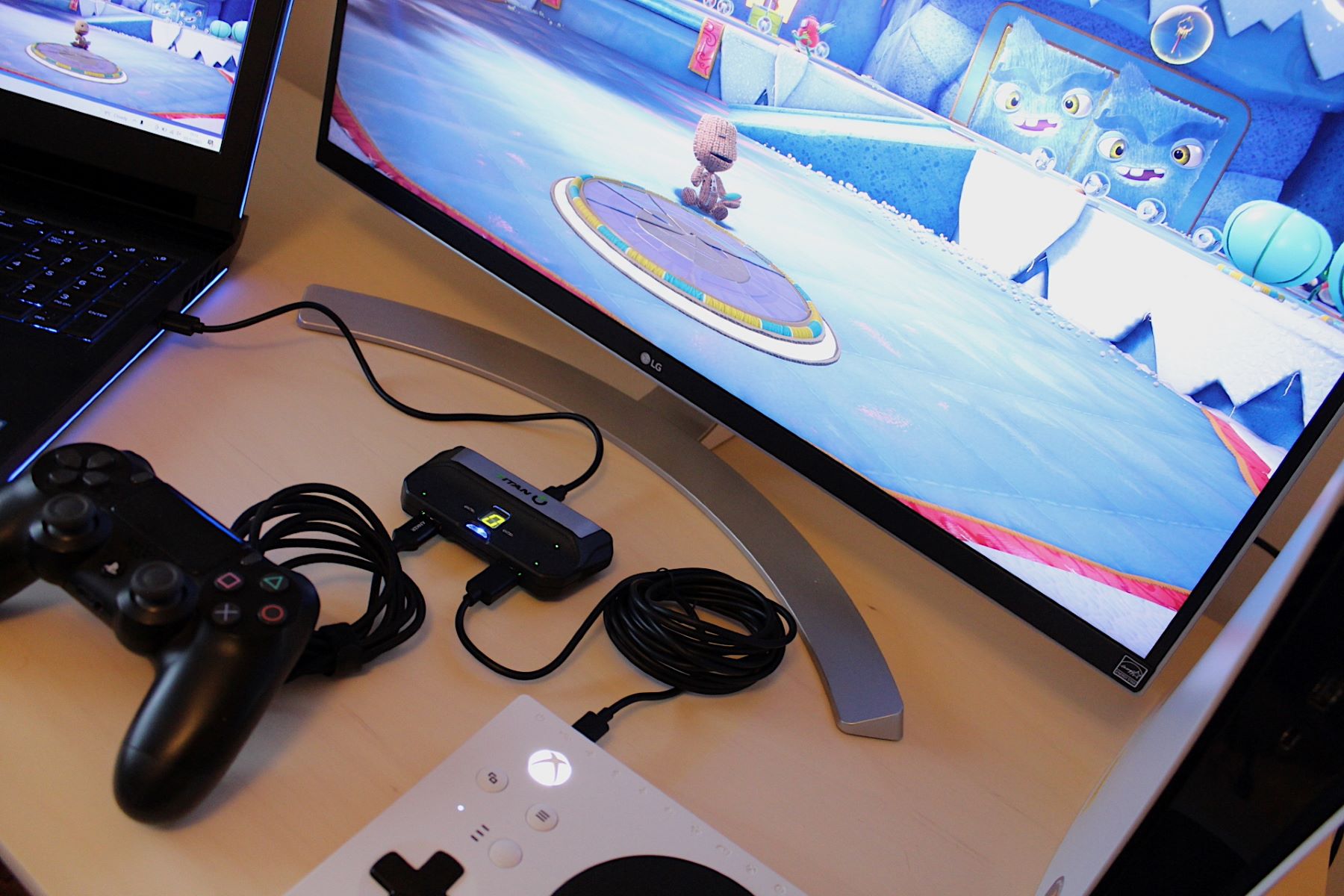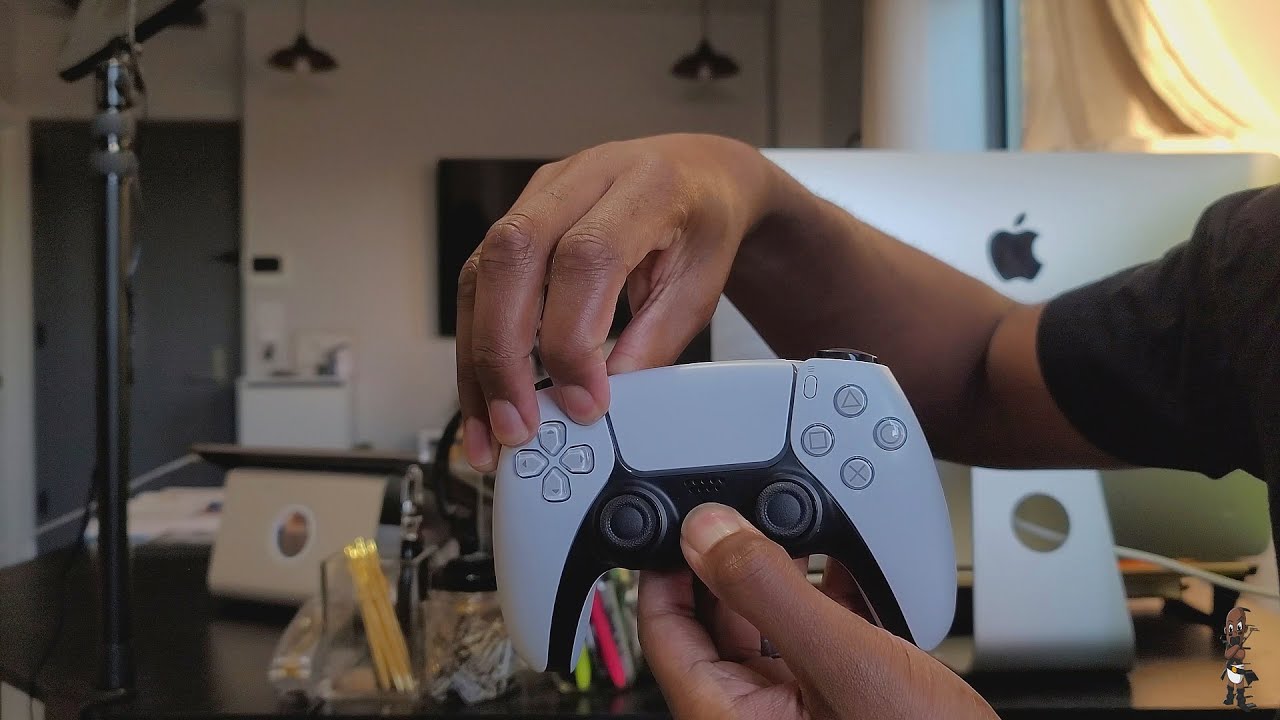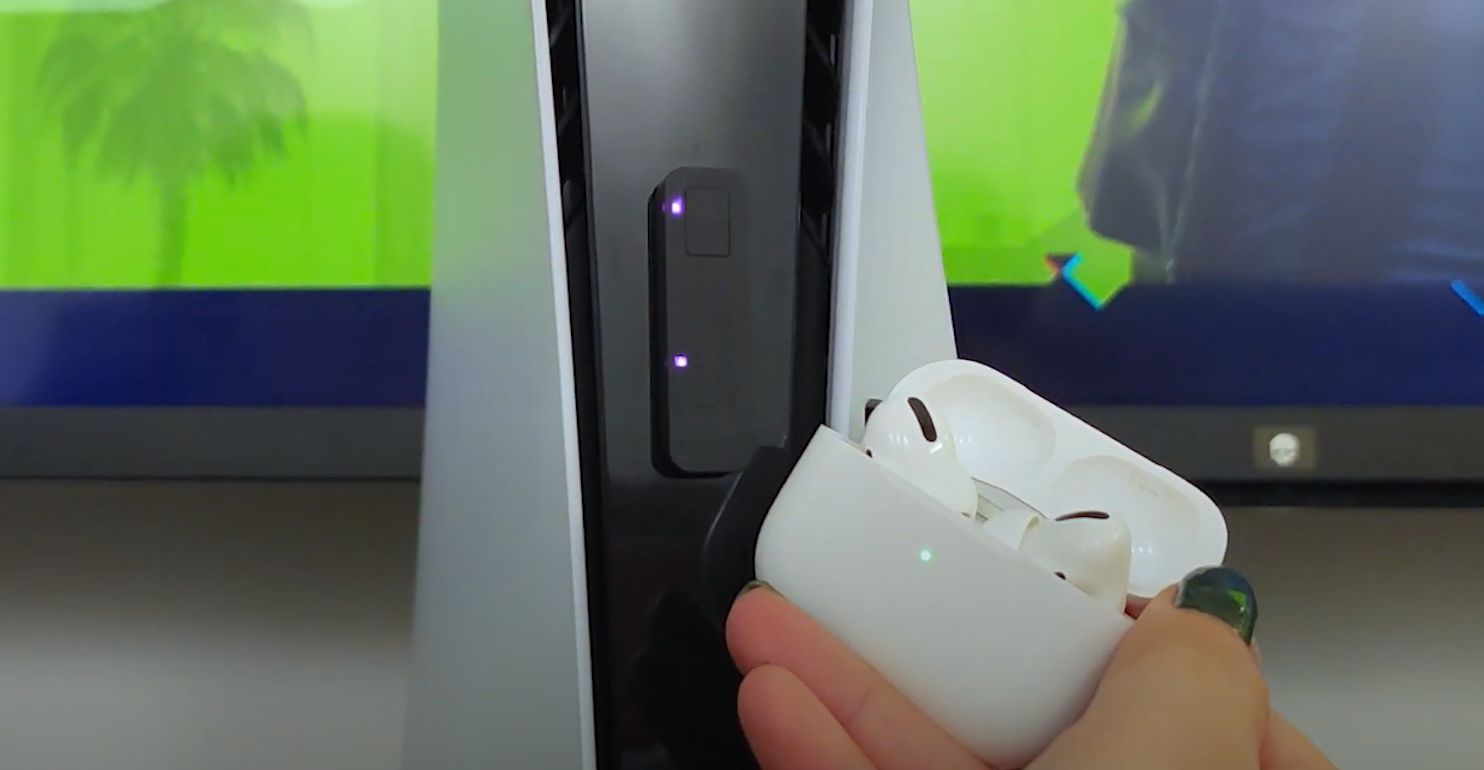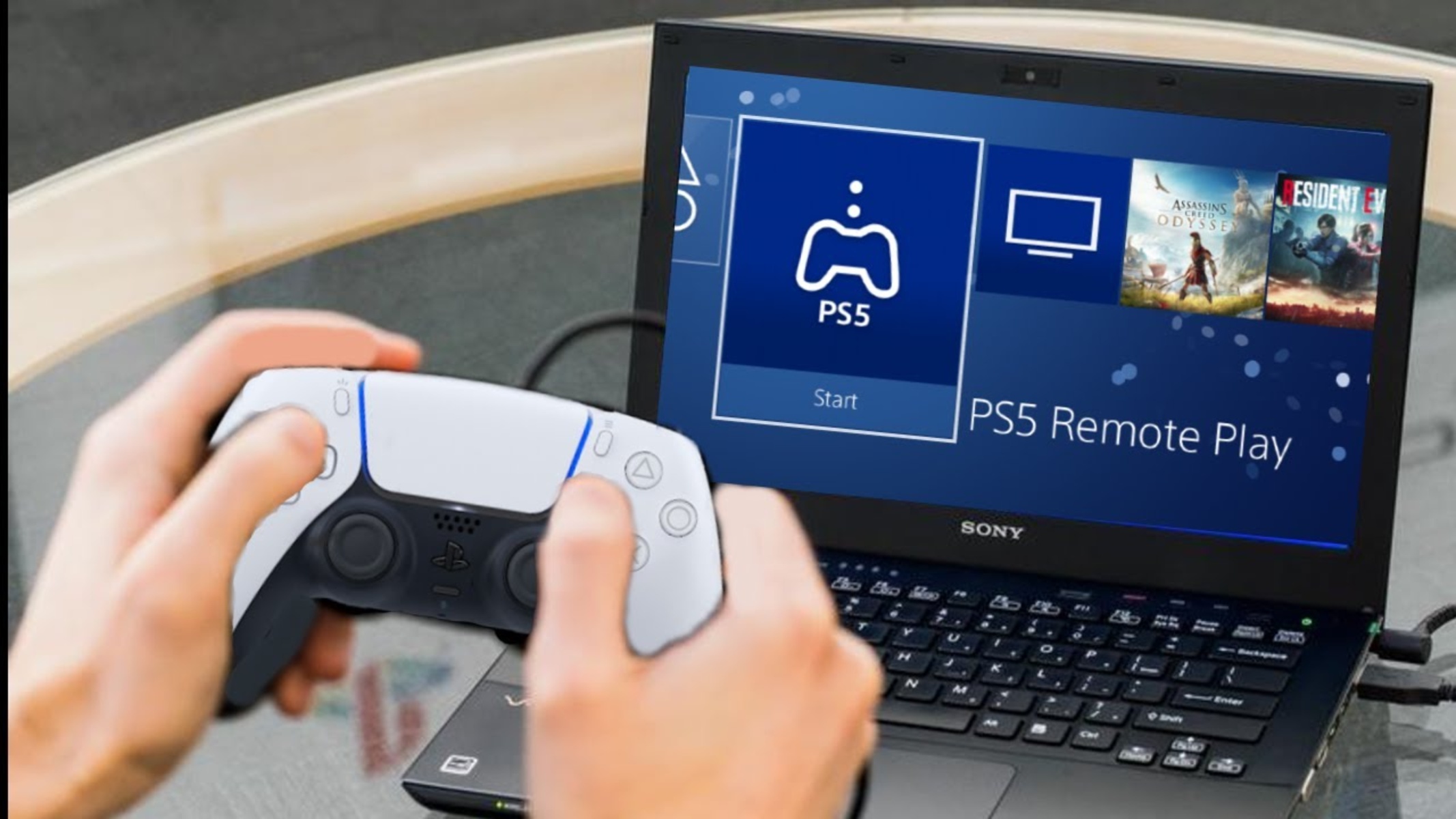Introduction
Welcome to the world of gaming on your Mac! If you’re a proud owner of a PS5 controller and want to connect it to your Mac, you’ve come to the right place. The PS5 controller offers a seamless gaming experience with its advanced features and intuitive design. With the ability to connect it to your Mac, you can enjoy gaming on a larger screen and take advantage of gaming applications and platforms that are compatible with MacOS. Whether you’re a casual gamer or an avid enthusiast, having the option to connect your PS5 controller to your Mac opens up a whole new world of gaming possibilities.
Before we dive into the steps to connect your PS5 controller to your Mac, it’s important to note that not all Mac models and operating systems may be compatible. We’ll cover this in more detail in the next section, but it’s always a good idea to check the compatibility of your Mac before proceeding. Additionally, make sure your Mac is running on the latest operating system version to ensure a smooth and seamless connection process.
In this guide, we’ll walk you through the steps to connect your PS5 controller to your Mac, both via USB cable and Bluetooth. We’ll also guide you on how to configure the controller settings to optimize your gaming experience. So, without further ado, let’s get started on connecting your PS5 controller to your Mac and embark on an incredible gaming journey!
Step 1: Check Compatibility
Before attempting to connect your PS5 controller to your Mac, it’s important to check for compatibility. Not all Mac models and operating systems support the connection of the PS5 controller. To ensure a successful connection, follow these steps to verify compatibility:
- Check Mac Model: First, determine the model of your Mac. You can do this by clicking on the Apple menu in the top left corner of your screen, selecting “About This Mac,” and then navigating to the “Overview” tab. Make a note of the Mac model.
- Check Operating System: Next, ensure that your Mac is running on the latest version of macOS. To check for updates, click on the Apple menu, select “System Preferences,” and then choose “Software Update.” If updates are available, install them before proceeding.
- Check PS5 Controller Compatibility: Visit the official Apple support website or do a quick internet search to find a list of compatible PS5 controllers for Mac. Ensure that your PS5 controller model is included on the compatibility list.
If your Mac model and operating system are compatible with the PS5 controller, you’re ready to move on to the next steps. However, if your Mac is not compatible, don’t worry! There are alternative gaming controllers available that are specifically designed for Mac. Consider exploring these options for an optimal gaming experience on your Mac.
Remember, compatibility is key to ensure a seamless connection between your PS5 controller and your Mac. By following these steps and verifying compatibility, you’ll be well-prepared to proceed with the connection process. Let’s move on to the next step, where we’ll update your operating system for a smooth gaming experience.
Step 2: Update Your Operating System
To ensure a smooth and hassle-free connection between your PS5 controller and your Mac, it’s essential to have the latest operating system version installed. Updating your Mac to the latest macOS version not only provides improved compatibility but also ensures that you have access to the latest features and enhancements. Follow these steps to update your operating system:
- Check for Updates: Click on the Apple menu in the top left corner of your screen and select “System Preferences.” Then, click on “Software Update.” Your Mac will check for available updates.
- Install Updates: If updates are available, click on the “Update Now” button to start the installation process. Depending on the size of the updates and your internet connection speed, this process may take some time. Make sure your Mac is connected to a reliable internet source.
- Follow on-screen instructions: During the installation process, you may be prompted to restart your Mac. Follow the on-screen instructions and save any important work before proceeding with the restart.
Once your Mac has successfully updated to the latest operating system, you’re ready to move on to the next step and connect your PS5 controller using a USB cable. Updating your operating system is crucial as it ensures that your Mac has the necessary drivers and software updates to recognize and establish a connection with your PS5 controller.
In the next step, we’ll walk you through the process of connecting your PS5 controller to your Mac using a USB cable. This method is straightforward and allows for a quick and stable connection. So, let’s proceed to step 3 and get your PS5 controller connected to your Mac!
Step 3: Connect the PS5 Controller with USB Cable
Connecting your PS5 controller to your Mac using a USB cable is a simple and effective method that ensures a stable and reliable connection. Follow the steps below to connect your PS5 controller to your Mac using a USB cable:
- Grab a USB-C to USB-A cable: You’ll need a USB-C to USB-A cable to connect your PS5 controller to your Mac. Make sure you have a compatible cable at hand.
- Plug in the USB cable: Connect one end of the USB-C to USB-A cable to the USB-C port on your PS5 controller. Then, plug the other end of the cable into an available USB port on your Mac.
- Wait for the connection: Once you’ve connected the PS5 controller to your Mac via the USB cable, your Mac should recognize the controller. It may take a few seconds for the connection to be established.
- Verify the connection: To confirm that your Mac has successfully recognized the PS5 controller, go to the Apple menu and select “System Preferences.” Then, click on “Bluetooth” and look for the PS5 controller in the list of devices. If the controller is listed, it means the connection was successful.
With the PS5 controller successfully connected to your Mac using a USB cable, you can now enjoy gaming on a larger screen and take advantage of the numerous gaming applications compatible with MacOS. The USB connection provides a stable and responsive gaming experience, allowing you to fully immerse yourself in your favorite games.
In the next step, we’ll explore how to connect the PS5 controller to your Mac via Bluetooth. This wireless connection option provides you with more flexibility and freedom of movement during your gaming sessions. So, let’s move on to step 4 and get your PS5 controller connected wirelessly!
Step 4: Connect the PS5 Controller via Bluetooth
Connecting your PS5 controller to your Mac via Bluetooth allows for a wireless gaming experience, giving you the freedom to move around without being limited by a USB cable. Follow the steps below to connect your PS5 controller to your Mac via Bluetooth:
- Open Bluetooth Preferences: Click on the Apple menu in the top left corner of your screen and select “System Preferences.” Then, click on “Bluetooth.”
- Activate the PS5 controller’s pairing mode: Press and hold the PlayStation button and the Share button on your PS5 controller simultaneously. The light on the controller will start flashing, indicating that it is now in pairing mode.
- Pair the PS5 controller with your Mac: In the Bluetooth Preferences window on your Mac, look for the PS5 controller in the list of available devices. Once you find it, click on “Connect.”
- Verify the connection: After clicking “Connect,” your Mac will establish a connection with the PS5 controller. Once connected, you’ll see a message on your screen confirming the successful pairing.
Congratulations! Your PS5 controller is now successfully connected to your Mac via Bluetooth. This wireless connection option not only provides a convenient and clutter-free gaming experience but also allows you to play your favorite games from a more comfortable distance.
In the next step, we’ll explore how to configure the controller settings to optimize your gaming experience. Customizing the controller settings will help tailor your gaming experience to your preferences, making gameplay smoother and more enjoyable. So, let’s move on to step 5 and configure your PS5 controller settings on your Mac!
Step 5: Configure Controller Settings
Customizing and configuring the settings of your PS5 controller on your Mac allows you to optimize your gaming experience. Depending on your personal preferences, you can adjust various settings to enhance gameplay and make it more comfortable. Follow these steps to configure your PS5 controller settings on your Mac:
- Open System Preferences: Click on the Apple menu in the top left corner of your screen and select “System Preferences.”
- Click on “Bluetooth”: In the System Preferences window, click on “Bluetooth.”
- Select the PS5 controller: In the list of connected devices, find the PS5 controller and click on the “Options” button next to it.
- Configure settings: In the controller settings window, you can adjust various settings such as sensitivity, button mapping, and vibration. Explore the options and make changes according to your preferences.
- Test your settings: After making any changes to the settings, it’s a good idea to test them in a game or gaming application. This will allow you to ensure that the settings are to your liking and enhance your gaming experience.
By configuring the controller settings, you can customize your PS5 controller to suit your gaming style and preferences. Whether you prefer a more sensitive joystick or want to remap certain buttons for easier access, adjusting these settings can make a significant difference in your gameplay.
Now that you’ve successfully connected and configured your PS5 controller on your Mac, you’re ready to dive into your favorite games and enjoy an immersive gaming experience. Remember to keep your controller charged and periodically check for firmware updates to ensure optimal performance.
Conclusion
Congratulations on successfully connecting your PS5 controller to your Mac! By following the steps outlined in this guide, you can now enjoy the incredible gaming experience that the PS5 controller brings to your Mac. Whether you’re playing action-packed adventures, competitive multiplayer games, or relaxing indie titles, the PS5 controller enhances your gameplay with its advanced features and ergonomic design.
First, we covered the importance of checking compatibility, ensuring that your Mac model and operating system support the connection of the PS5 controller. This step is crucial to ensure a seamless and hassle-free connection process. Next, we highlighted the significance of updating your operating system to the latest version to optimize compatibility and access the newest features.
We then guided you through the process of connecting your PS5 controller to your Mac using a USB cable and via Bluetooth. Both methods provide stable and reliable connections, giving you the flexibility to choose between a wired or wireless gaming experience.
Lastly, we walked you through configuring the controller settings, allowing you to tailor the PS5 controller to your preferences and enhance your gaming experience. By adjusting the sensitivity, button mapping, and vibration settings, you can customize the controller to suit your gaming style, making every session more enjoyable.
Now it’s time to embark on your gaming journey and make the most out of your PS5 controller connected to your Mac. Get ready to immerse yourself in your favorite games, explore new gaming experiences, and enjoy the freedom and flexibility that the PS5 controller brings to your gaming sessions.
Remember to periodically check for firmware updates and keep your controller charged for optimal performance. With your PS5 controller and Mac working hand in hand, you’re all set for countless hours of gaming bliss. So, grab your controller, power up your Mac, and get ready for an amazing gaming adventure!







